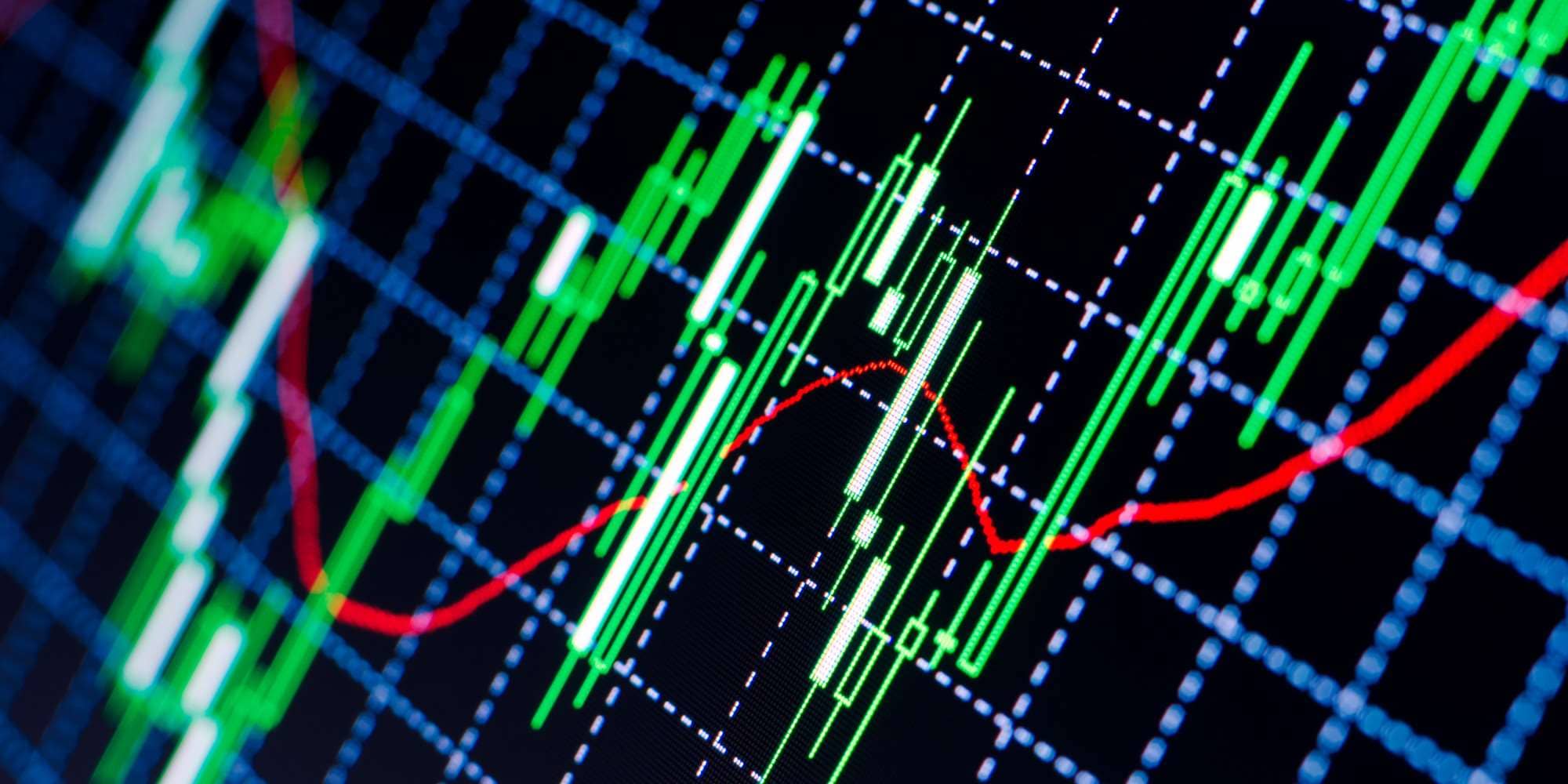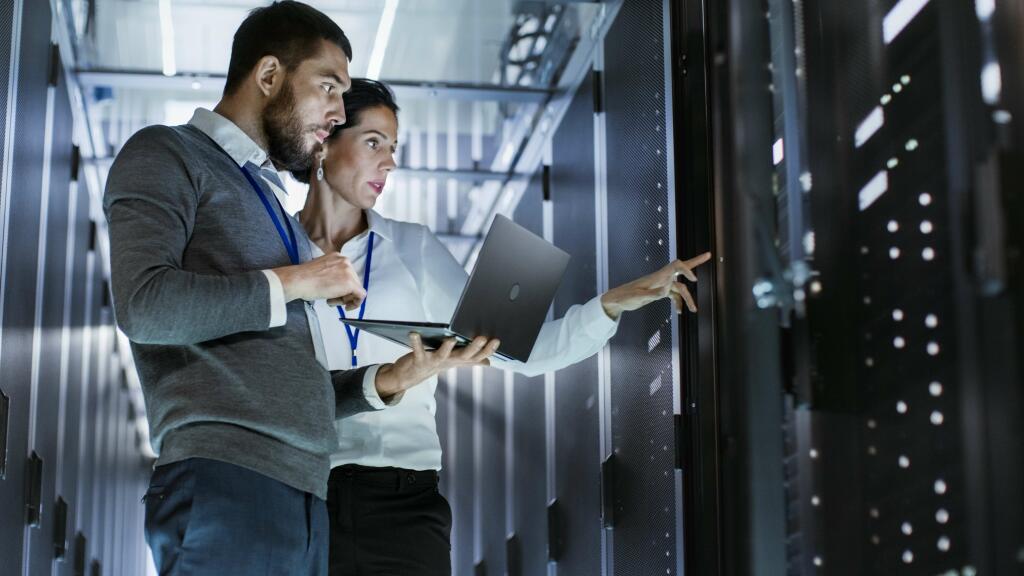Content
- Fair and Non-Discriminatory Artificial Intelligence
- Large scale detection of irregularities in accounting data
- Quarterly accounting data: time-series properties and predictive-ability results
- Algorithmic Trading Market Trends
- From the course: Algorithmic Trading and Stocks Essential Training
- THE FUTURE OF ALGO TRADING?
A trader may be simultaneously using a Bloomberg terminal for price analysis, a broker’s terminal for placing trades, and a MATLAB program for trend analysis. Depending upon individual needs, the algorithmic trading software should have easy plug-n-play integration and available APIs across such commonly used trading tools. Algorithmic trading is the current trend in the financial world and machine learning helps computers to analyze at rapid speed. The real-time picture that big data analytics https://xcritical.com/ provides gives the potential to improve investment opportunities for individuals and trading firms. Algorithmic trading has increased because of the volatile market circumstances, large trading volume, and need for quick digital transformation to deal with distant working environments. Moreover, due to a growing tendency toward algorithmic trading to make quick decisions while minimizing human mistakes, the pandemic had a positive effect on the growth rate of the algorithmic trading sector.
Before starting your hunt for the most fitting out-of-the-box system, remember that such solutions can be hard to customize. The projection of algo-trading was by sequential processing, but the application of parallel computing and neural networking is a promising step. Processing via several nodes, as is in machine learning, with several inputs and outputs perfectly aligns with parallel computing. High-frequency trading uses complex algorithms to spot emerging trends in milliseconds. Lower prices and faster execution time drove other exchanges to become electronic.
Fair and Non-Discriminatory Artificial Intelligence
This type of system has been around since the 1970s; however, recent advances in technology have made it much more complex than ever before. By utilizing such techniques, traders are able to gain significant returns with minimal effort or risk exposure compared with manual methods . Large brokerage firms and institutional investors use algorithmic trading to reduce the expenses of bulk trading. Additionally, it is anticipated that the development of artificial intelligence and financial service algorithms will create attractive market expansion opportunities.

This means that even the buying and selling decisions are automatic. AI algorithmic trading has gone through different phases of development, adding a layer at every step of the traditional trading process. Initial algorithms mainly focused on buy and sell orders with simple parameters; these were followed by algorithms that allowed for dynamic pricing. Then came algorithms with strategies to break large orders and reduce potential market impact.
Large scale detection of irregularities in accounting data
This is helping investors make quick investments and earn enough to execute their trades fully. The main objective of algo-trading is not just to profit by trading but to save costs, minimize market impact, and the execution risk of a trading order. Algorithm trading is also known as algo-trading or black-box trading. It’s a trading solution that uses coded sets of algorithms and execution strategies to submit orders to a market or exchange automatically after a technical analysis. If you’re coding a trading robot by yourself, it’ll be wise to use the MQL5 language. This high-level language (based on C++) features a set of built-in functions for managing trades.
Other disaggregated levels representing data characteristics such as the type of data or the level of recorded detail (business segment, plant, etc.) can also be included. This linked model provides a mechanism for gathering information with interoperability across the value chain. Additionally, this approach provides standardization of both financial and non-financial measures.
Quarterly accounting data: time-series properties and predictive-ability results
Using a single GPU, within a second the companies are finding value in about 10 million scenarios intraday. Imagine what could be done when multiple cards are used parallelizing the entire calculations. The banks can do analysis on the entire portfolio within a few minutes. Banks are using risk predictive analysis to market their products as well. A 2010 study from Johan Bollen disclosed that Twitter mood predicts the stock market with 86.7% accuracy. As this research advances, algo trading will use more and more social media, including data we share on social media, to predict how the market will buy or sell securities.
- Streak, a supplier of algorithmic trading and strategy building for retail investors, announced the launch of its Streak application in the United States to address this issue.
- There is no guarantee that an in-production strategy will generate profits, and many strategies deteriorate over time.
- Since algorithms are pre-written and executed automatically, the speed at which trades are carried out is significantly boosted.
- Algorithmic trading is a system that utilizes very advanced mathematical models for making transaction decisions in the financial markets.
- Investment banks have increased risk evaluation from inter-day to intra-day.
- The increased application of algorithms across asset classes, particularly cross-asset automation, has been a trend over the past two years.
There are a few special classes of algorithms that attempt to identify “happenings” on the other side. These “sniffing algorithms”—used, for example, by a sell-side market maker—have the built-in intelligence to identify the existence of any algorithms on the buy side of a large order. Such detection through algorithms will help the market maker identify large order opportunities and enable them to benefit by filling the orders at a higher price. Generally, the practice of front-running can be considered illegal depending on the circumstances and is heavily regulated by the Financial Industry Regulatory Authority . To get started with algorithmic trading, you must have computer access, network access, financial market knowledge, and coding capabilities. Algorithmic trading is also executed based on trading volume (volume-weighted average price) or the passage of time (time-weighted average price).
Algorithmic Trading Market Trends
Likewise, they can use fundamental economic data to identify mispriced currencies and indices. Macroeconomic data include interest rates, inflation, and unemployment rates. The strategy will increase the targeted participation rate when the stock price moves favorably and decrease it when the stock price moves adversely.

The algorithm buys shares in Apple if the current market price is less than the 20-day moving average and sells Apple shares if the current market price is more than the 20-day moving average. The green arrow indicates a point in time when the algorithm would’ve bought shares, and the red arrow indicates a point in time when this importance of big data algorithm would’ve sold shares. The development of a competent strategy, which will be based on an understanding of market trends and patterns, is becoming one of the key trading tools in the modern world. In these strategies, the trader can determine the optimal entry point with minimal risk and the exit point with fixed income.
From the course: Algorithmic Trading and Stocks Essential Training
If you see the price of a Chanel bag to be US$5000 in France and US$6000 in Singapore, what would you do? The obvious answer would be the buy in France and sell in Singapore. This is risk free profit at no cost, by earning a spread between the 2 countries. Similarly, if one spots a price difference in futures and cash markets, an algo trader can be alerted by this and take advantage.
THE FUTURE OF ALGO TRADING?
Algorithm providers are emphasizing multi-asset solutions to address the demand from hedge funds. The survey found that implementation insufficiency – single stock (53.14%), VWAP (54.71%), and dark liquidity seeking (72.94%) were the three most employed types of algos. There has also been a noticeable rise in the overall amount of automation and electronification.
